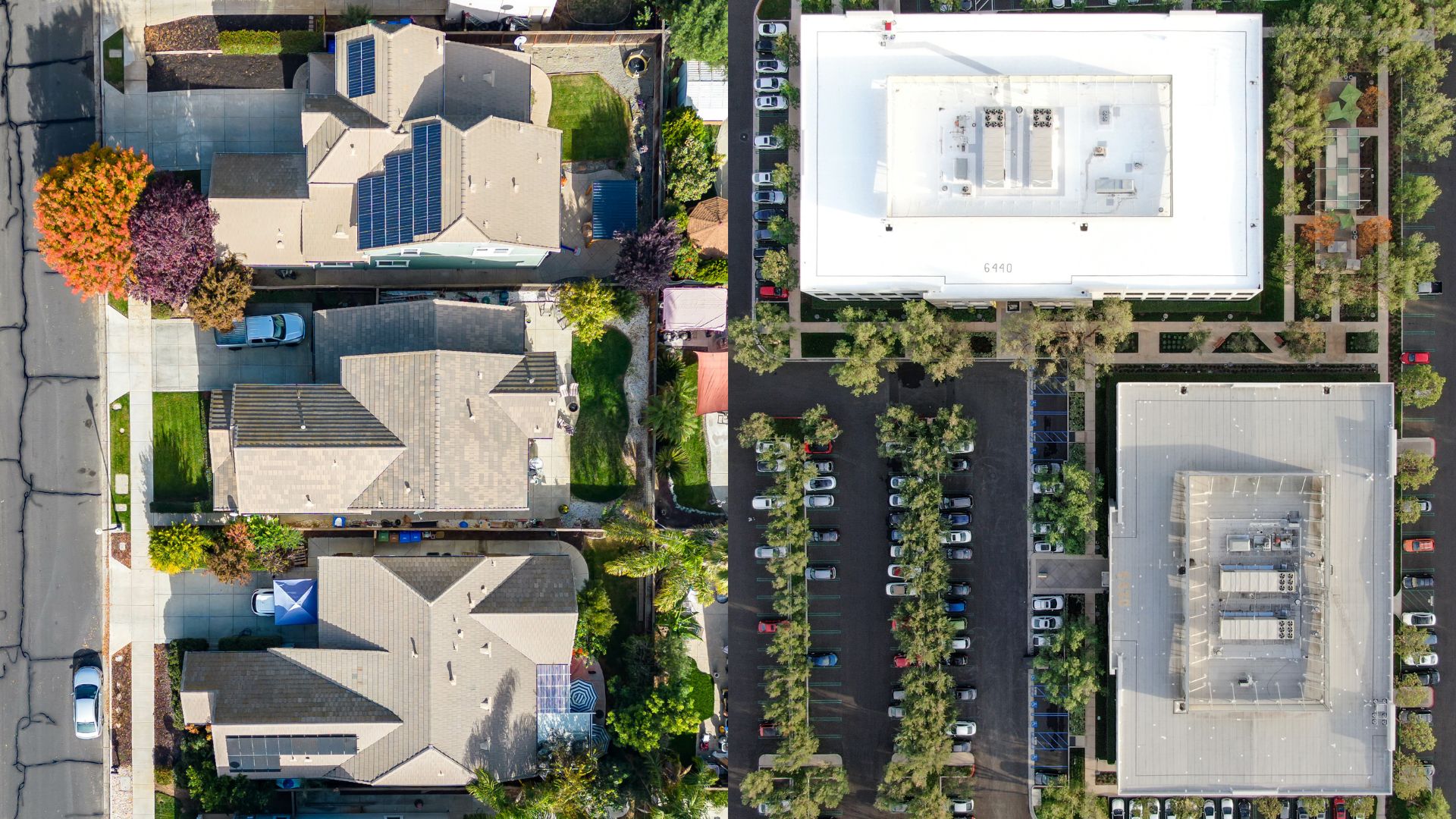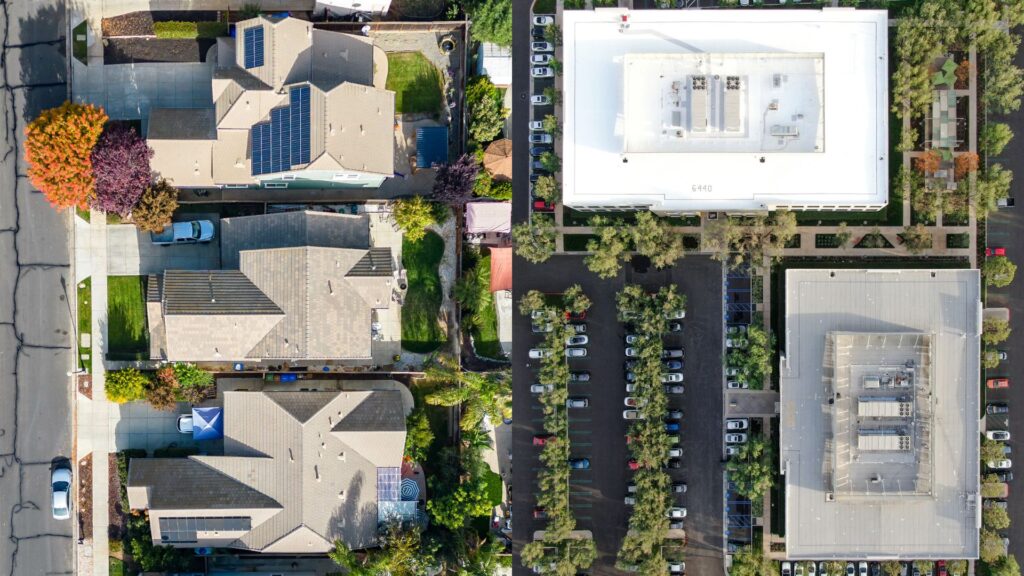
The Challenge of Unlocking Accurate Roof Age Data
Roof age has long played a pivotal role in assessing property claims risk, underwriting decisions, coverage options, and pricing strategies. After all, the older the roof, the more likely it will need repairs. In recent years, numerous property data providers have emerged promising answers to this question. But like most traditional sources of roof age information, the only thing missing with many of these offerings is accuracy.
In addition to the rising frequency and severity of extreme weather events, erroneous roof age data may have contributed to the property insurance industry’s estimated combined ratio hitting a whopping ~100-105% last year, driven by storm losses. If roof age really matters, the need to find a new, more reliable source for roof age data has never been more apparent. Thanks to a new AI-based solution, it has also never been easier.
Five Key Takeaways
- The Importance of Roof Age: For many property insurers, roof age isn’t just crucial for understanding roof risk; it’s also an easy proxy for the risk associated with the underlying property
- The Impact of Climate Change: More than 34% of all property claims stem from wind or hail damage to the roof, making information about roof age a key metric in understanding overall roof condition
- Most Current Data Sources Don’t Cut It: Existing methods for determining roof age, such as customer- or agent-reported information and permit data, are fraught with issues
- AI and High-Quality, Multisource Data Is Required: Artificial intelligence (AI) offers a new benchmark in accuracy for roof age determination by analyzing historical, high-quality imagery
- Industry Implications Are Enormous: Accurate roof age information can transform the insurance landscape—enabling better pricing, reducing claim surprises, and improving overall profitability
Burden of Roof: Decoding the Importance of Roof Age
Roof age has long been a standard input useful to insurers for one simple reason: older roofs generally perform worse than newer ones. It’s also easy information to collect from applicants and agents, or to source from property record data. Together with roof material, this metric is used by most insurers to make coverage decisions—including whether to underwrite at replacement cost value (RCV) or actual cash value (ACV) for the roof, to allow other roof-related coverages like matching or cosmetic damage, whether to inspect the property, or whether to write it at all.
Though different residential and commercial carriers have different thresholds, a roof over 15 to 20 years old may not be eligible for coverage at all—or might only be covered on an ACV basis. This is because older roofs are generally more susceptible to wear and tear, making them more likely to incur damage from environmental factors such as wind, hail, or heavy rain. In turn, this impacts insurers’ underwriting and pricing models. For example, a study from Buildfax indicates that in some regions of the country, roofs older than 20 years are significantly more likely to suffer wind damage—underscoring the need for accurate age assessment.
Why Inflation, Climate Threat Mean Trouble for the Age Metric
The cost of inaccuracies in repair and replacement estimates is going up fast. It’s bad enough that roofing materials climbed 13% over the past year while the cost of hiring roofing contractors jumped 21%, according to the Wall Street Journal. Then, throw in the impact of climate change.
Capgemini estimates the economic loss stemming from extreme weather events has increased 3.6-fold over the past three decades. From 1980 to 2022, the annual number of billion-dollar disasters in the US averaged eight. During the first three quarters of 2023, there were 23.

But by far, the worst damage was wrought by 21 severe convective storms (SCS) that generated $58 billion in total insured losses across the Midwest. Today, more than 39% of all residential losses stem from wind or hail damage that can be predominantly focused on the roof. This means an incorrect roof age might mask exposure that’s only worsened by inflationary pressures that go into overdrive during mass claims events.
Roof Rage: The Flaws of Current Data Collection
The traditional avenues for acquiring roof age data are riddled with shortcomings, including:
Customer-Reported Information
Prospective policyholders often provide inaccurate information about roof age. According to studies cited by ClaimsJournal.com, homeowner-supplied roof age (HOSRA) is underestimated by an average of five years, while 20% of roof ages are underestimated by 15 years.
It’s unclear what accounts for this discrepancy. It’s possible the roof was replaced prior to the current homeowner’s purchase and all they have is a rough estimate. Or, assuming younger is better from an insurance perspective, they are consciously seeking to lower their premium.
Whatever the case, recent research has found that the average HOSRA value is likely to be an even number (“10” or “15” rather than “11” or “13”)—rendering what should be a bell curve of distributed ages into a statistical improbability.
Agent-Reported Information
While a homeowner may have mere assumptions or vague awareness over the advantages of providing an unrealistically low roof age, insurance agents have full knowledge of carrier roof age thresholds. It shouldn’t be surprising that some will be tempted to enter incorrect information to game the system.
For example, if they know the insurer’s pricing will become much more expensive and coverage will be less available at roof age 10, some will enter the roof age as 9 to attain the best pricing and coverage options for their customers and potentially avoid an inspection from the carrier.
Here, too, the logical bell curve would appear misshapen. In this case, agent-reported roof age may indicate there are a lot of new roofs out there, while the number of old roofs falls off quickly.
Pre-fill Data
Many pre-fill providers pull permit data to determine roof age. While ostensibly representing a reliable, third-party data source, this, too, presents problems. Permit data is sparsely available and it’s not always a reliable indicator.
Why? Because not all roof work requires a permit. What’s more, even when a permit is filed, that doesn’t guarantee that work was ever completed—let alone necessary or properly estimated. Roofing repair scams contribute to the $308 billion in total insurance fraud shouldered by insurers and policyholders each year, according to the Coalition Against Insurance Fraud. And that doesn’t include the costs to insurers unknowingly assuming unnecessary risk while issuing coverage downstream.
Home Age
Lacking a believable roof age estimate yet still using it in rating, coverage, and underwriting decisions, some carriers default to the age of the home, knowing this is the maximum possible age for the roof. This creates a different issue altogether. Insurers may decline to cover or simply price themselves out of what is, in actuality, a very good risk.
While home age assures some piece of data versus none, the effect can still be the same—an insurer who is flying blind—which calls the value of factoring roof age into question in the first place.
Game-Changer: An AI-based Approach
Recognizing the limitations of most new and traditional data sources, the team at CAPE knew a different approach to assessing roof age was needed if insurers were going to continue to factor it into workflows.
By leveraging frequently refreshed aerial imagery, computer vision, machine learning, and other advances in AI, our Roof Age solution, now available, processes and analyzes historical, high-quality imagery to provide the most reliable roof age estimates available for more than 200 million residential, commercial, and accessory structures nationwide. All available on-demand via API.

The CAPE Roof Age solution is an ideal complement to our Roof Condition Rating (RCR) solution, which is used by half of the top property insurers in the US to assess property condition and is approved by many state departments of insurance for ratemaking.
Redefining Risk Assessment in Property Insurance
Adopting AI and aerial imagery analysis to determine roof age represents a paradigm shift for property insurers. By moving away from unreliable and often inaccurate data sources to a more scientific, data-driven approach to risk assessment, coverage models, and pricing strategies, insurers not only enhance their operational efficiency but also better protect the properties they cover.
The CAPE Roof Age solution for both residential and commercial properties is now available—to get started, contact us today.

